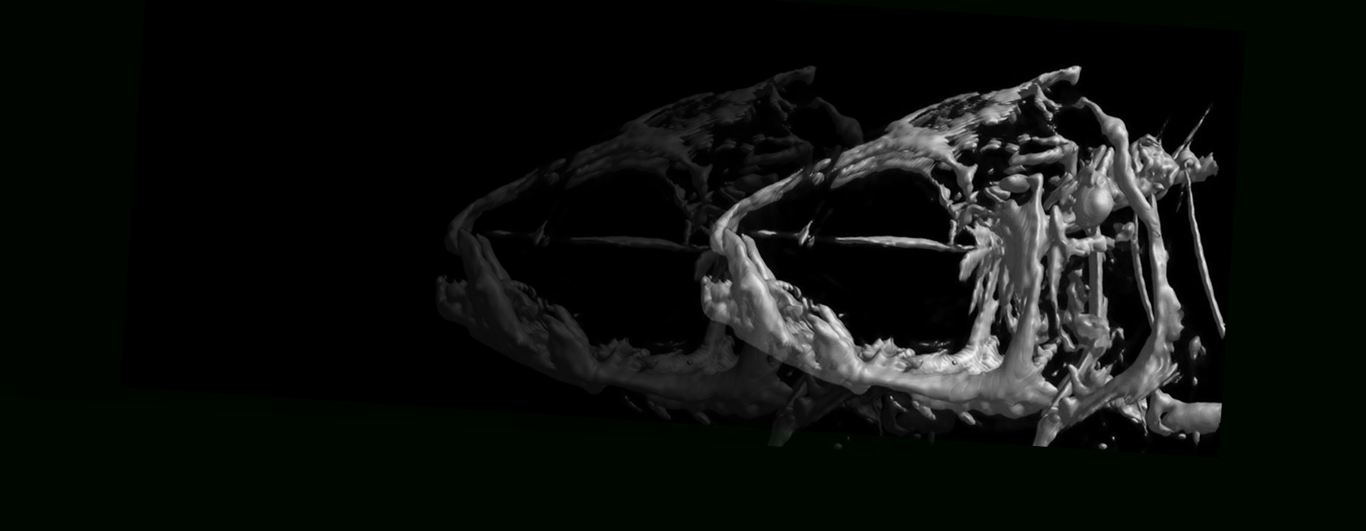
WELCOME
TO THE LABORATORY
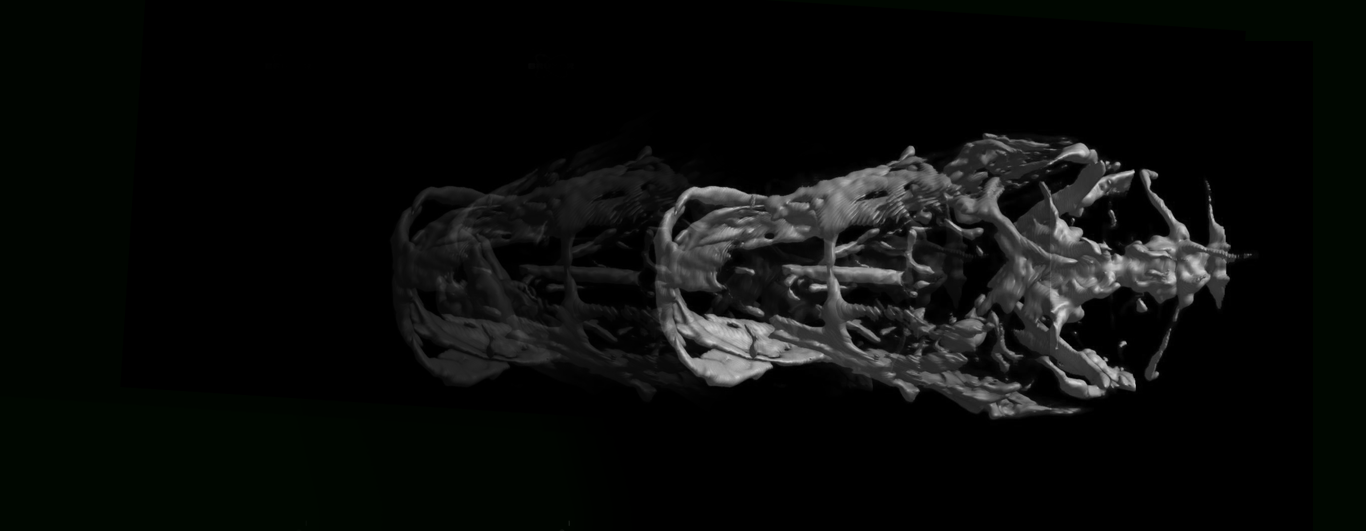
RESEARCH
SEE WHAT WE DO
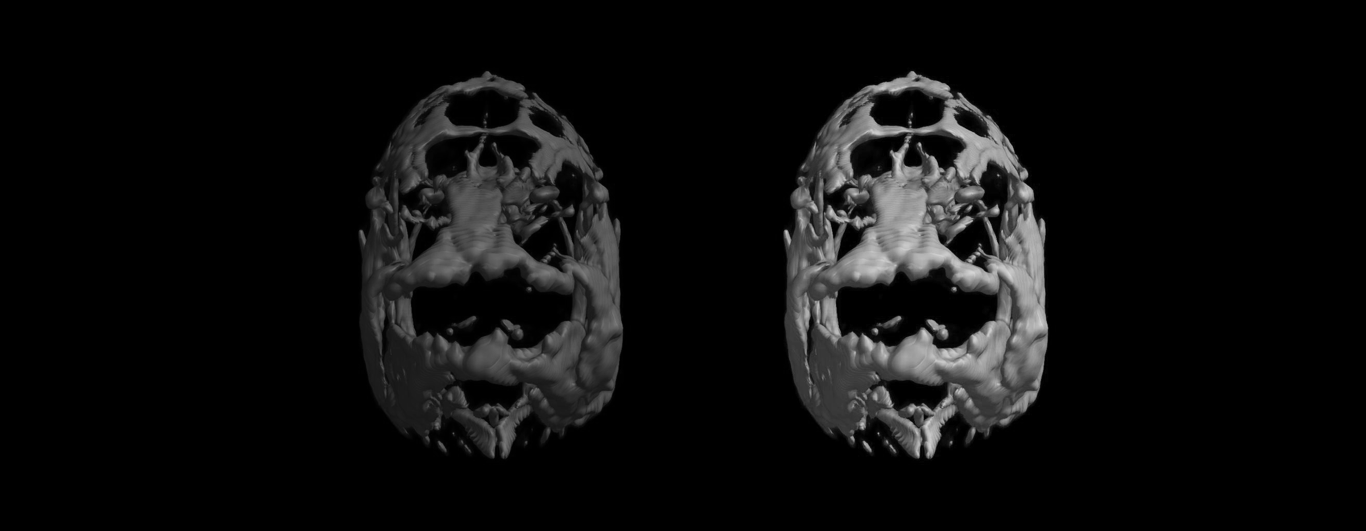
ABOUT US
MEET OUR TEAM

Our lab focuses on the craniofacial development. Taking teleost fish, such as zebrafish (Danio rerio) and Mexican tetra fish (Astyanax mexicanus) as model animals, we study the evolutionary development of the dentition, sensory systems, and jaw bones. Formation of these structures involve complex interactions and we are interested in finding the molecular signaling pathways which regulate their development. This research addresses the questions related to the human congenital malformations and conserved mechanisms of head development.
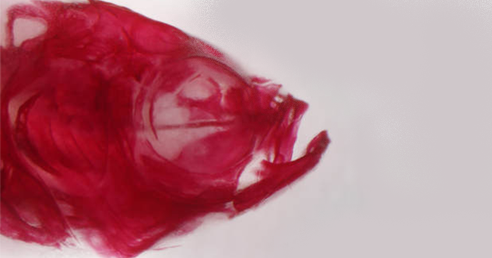
Cleft lip and/or cleft palate (CLP) is one of the most common birth defects. Epigenetic factors and gene mutations can cause disturbances in neural crest cell activities which can lead to CLP.
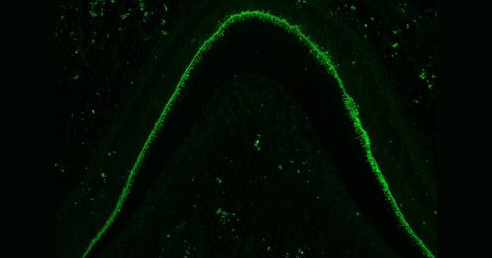
We are interested in identifying genes and signaling pathways which control tooth development. Under this we are investigating

Fish skin pigmentation and melanin production is initiated and regulated by many intrinsic and extrinsic factors including signaling systems and transcription factors.
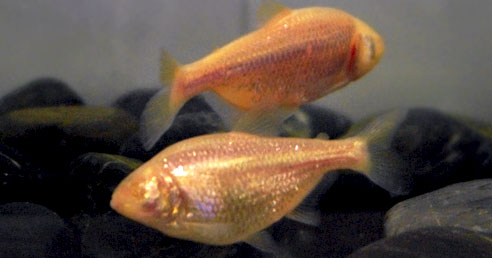
In fish, the chemosensory system is highly developed and very important for a wide range of activities like navigation, mate recognition, and food searching.

Founded in 1877, the University of Manitoba has a
rich history in research discovery and innovation,
and teaching excellence. Located in the heart of Canada,
the University of Manitoba is home to internationally
renowned research, and leading Canadian health professional
programs